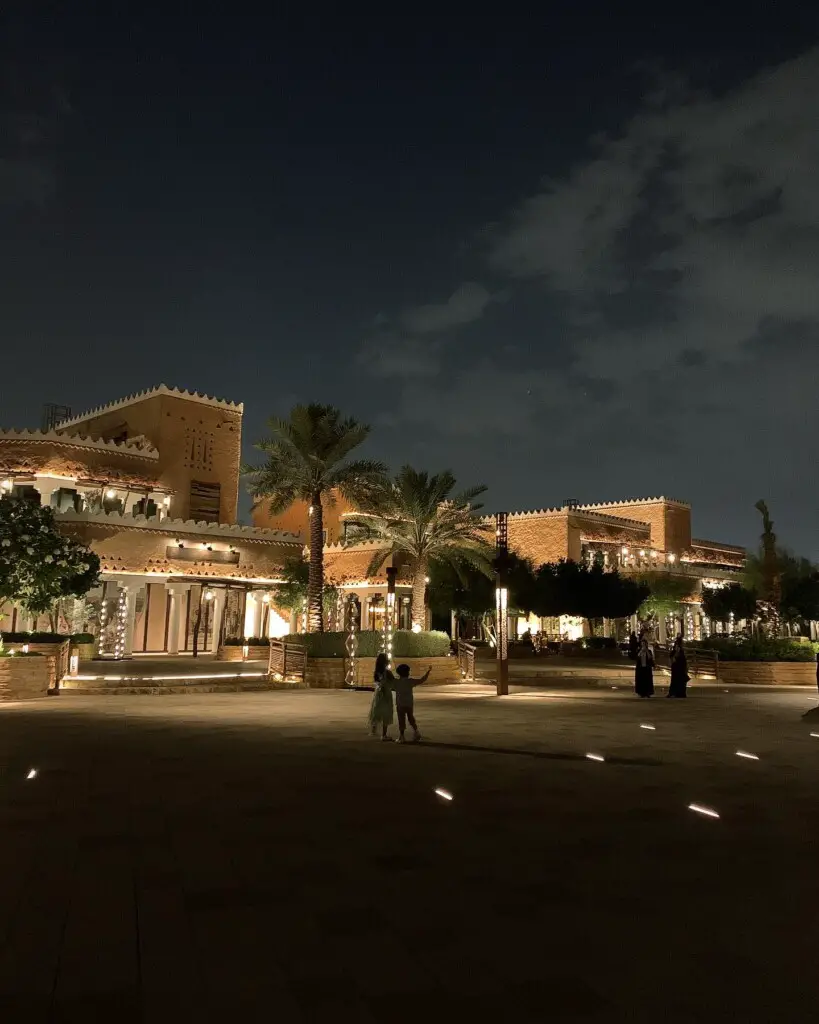
Saudia Arabia is a country that seems to pop up more and more in the news and social media as a travel destination. Increasingly important sporting events are held in Saudi Arabia, such as World Heavyweight Boxing Matches, UFC events, and the Formula 1 Saudi Arabian Grand Prix 1. It’s all part of Saudi Arabia’s 2030 vision with the ambition to diversify its economy and increase tourism to the country.
Additionally, many influencers are invited to stay at luxurious hotels and experience the best of Saudi Arabia, as part of a plan to attract tourists and present a different image of the country, beyond its association with Sharia law and past restrictions on women driving.
So is it working? Well, all the polished social media feeds definitely influenced me to book a ticket and explore what the country had to offer with my own eyes. The e-visa process for Swedish citizens is simple, just fill out the form on the Internet, pay the fee and you have the visa within 24 hours in your mailbox. Perfect.
I spent about a week in May in Saudi Arabia in total, first flying to the Red Sea coastal town of Jeddah, then pushing on to the capital of Riyadh, and lastly to Damman on the Persian Gulf and on to the country of Bahrain from where I flew back home.
In this article, I will cover what my experience and observations of the country were, so you know what you can expect from traveling to Saudi Arabia.
1. The Cities Are Not Built for Pedestrians in Mind
As a European, I like to walk especially if my destination is within a 1-2 km from where I am. However, navigating Saudi cities on foot can be a real challenge. The urban infrastructure is heavily car-centric, with wide roads and sprawling layouts. Sidewalks are often non-existent or poorly maintained, and pedestrian crossings are few and far between. This makes walking not only inconvenient but also potentially unsafe, especially when trying to cross busy streets. Drivers rarely stop for pedestrians, even at marked crossings. For those who prefer to explore new cities on foot (like me), this can be a significant challenge, leading me to my next topic.
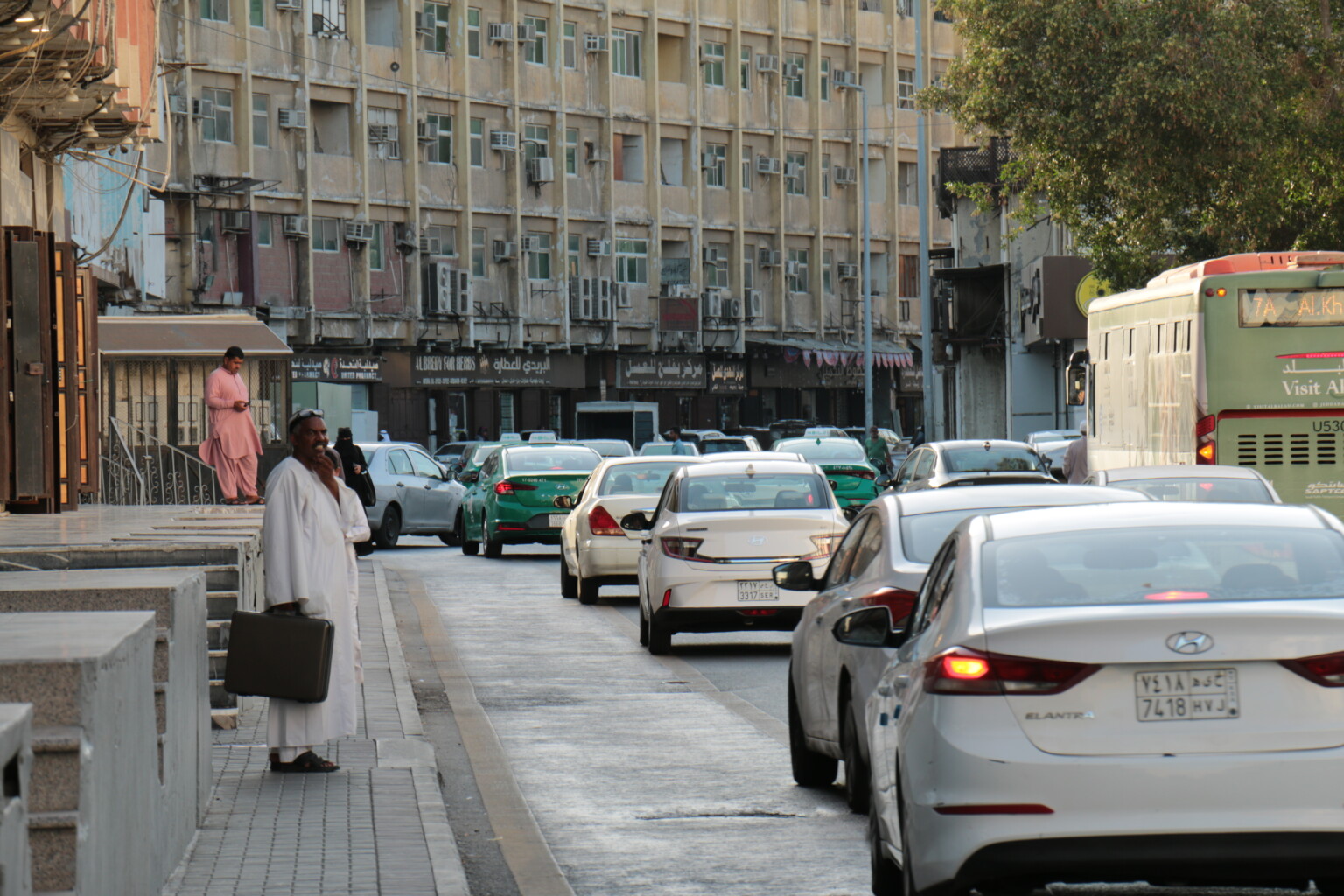
2. The Public Transportation in Cities Options Are Poor
Getting around almost anywhere in Saudi Arabia, without a car is a real hassle. Public transportation in Saudi Arabia is limited and underdeveloped compared to other countries. In major cities like Riyadh and Jeddah, there are some buses and a developing metro system (in Riyadh), but these options do not (yet) cover all areas of the city, and traveling from one place to another can take a long time, due to traffic jams and the need to change buses.
If you don’t have a car, taxis and ride-hailing services like Uber and Careem are your best options for getting around quickly and comfortably. However, using these services frequently can become expensive. Outside the major cities, public transportation options are even more limited or non-existent, making it essential to rent a car. Gas prices are a lot cheaper than in the West and when adding up all those Uber rides it will end up costing the same as renting your own car. I would have rented a car myself if I hadn’t lost my driving license a week before traveling to Saudi Arabia.
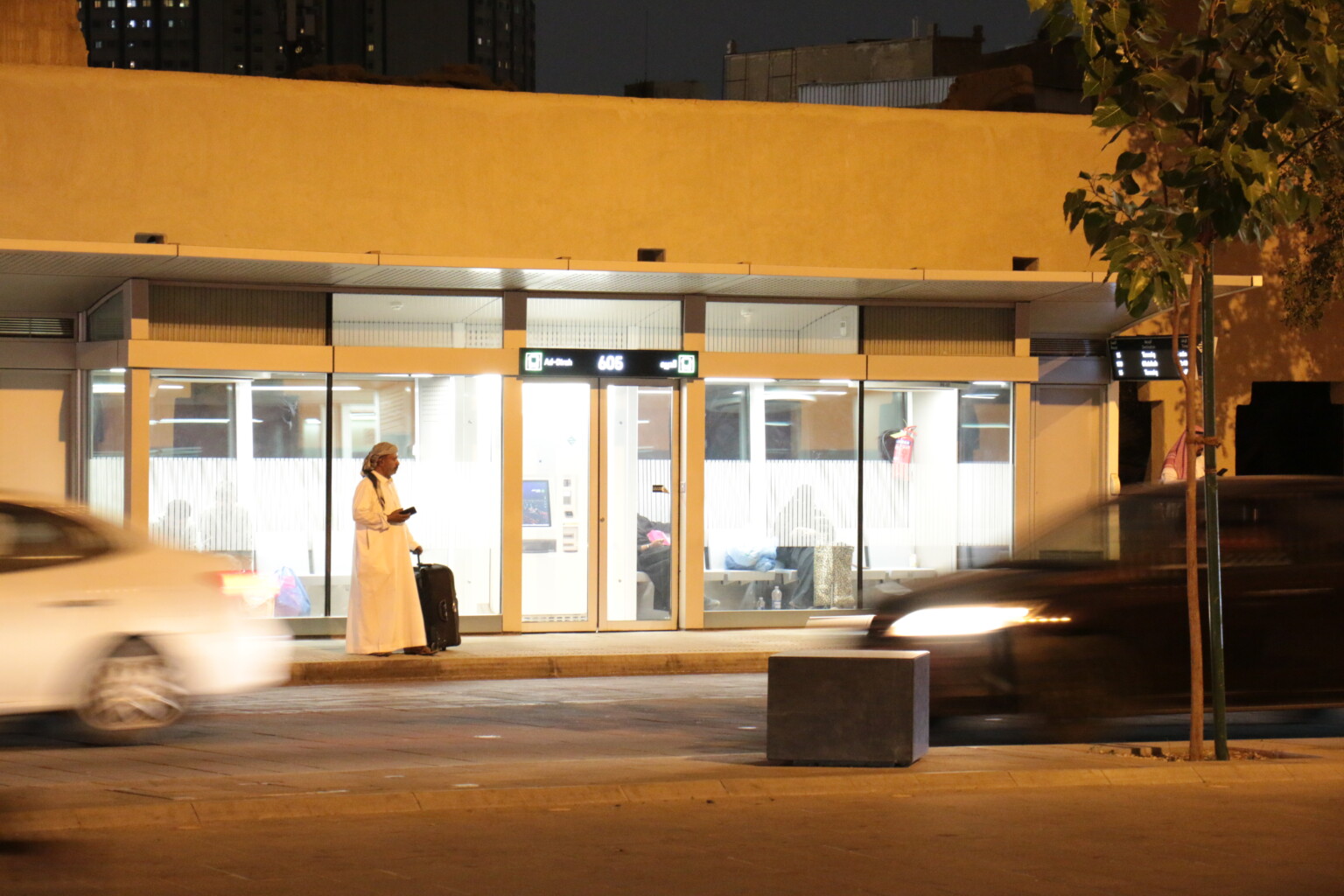
3. It’s Not as Modern as I Expected
Given Saudi Arabia’s reputation as an oil-rich nation with rapid modernization and futuristic cityscapes, plus all the Instagram videos and photos of gorgeous desert resorts and over-water bungalows, I expected something resembling Dubai with a touch of Morocco’s well-maintained traditional parts. While Saudi Arabia is indeed very modern, with most stores accepting credit cards, there’s a stark contrast within the cities. Luxurious shopping malls and tall skyscrapers stand alongside older, less developed neighborhoods that have not been properly maintained. This mix of old and new surprised me, and large parts of both Jeddah and Riyadh were not as developed as I had expected.
However, construction is ongoing in many areas, and older parts of Jeddah, like Al-Balad, are being restored to attract tourists. I wouldn’t be surprised if within the next 10-20 years, Saudi Arabia fulfills the expectations I initially had.
4. In Summer, Don’t Bother Going Out Before 4 pm
The summer heat in Saudi Arabia is extreme, with temperatures often soaring above 40°C (104°F). I thought I could avoid the extreme heat by traveling in early May, but I was wrong! During the day, the sun was relentless, making any type of outdoor activity nearly impossible. Even walking a few hundred meters on the street was tough. Locals and expats alike stay indoors, relying on air conditioning for relief, and I completely understand why. Interestingly, the streets are almost empty during the middle of the day. It’s only after 4 PM, when the sun begins to set, that the weather becomes bearable enough to venture outside.
5. The Cities Come to Life at Night
After the intense heat of the day, Saudi cities truly come alive at night. Streets that were deserted during the day fill with people, and the atmosphere becomes lively and energetic, and many families come outside to play in the park and have a picnic in the middle of the night. Its an interesting sight for someone who comes from the “sun-deprived” country of Sweden. Cafes, restaurants, and shopping malls buzz with activity, often staying open until the early hours of the morning, even large supermarkets can stay open until 3 a.m., while cafes and restaurants sometimes work around the clock! Night markets (also known as Souqs) are common and I highly recommend that you check them out, for example, Souq Al Alawia in Jeddah or the Souq Al Zal in Riyadh. This nocturnal lifestyle is a unique aspect of Saudi culture, all driven by the need to avoid the daytime heat.
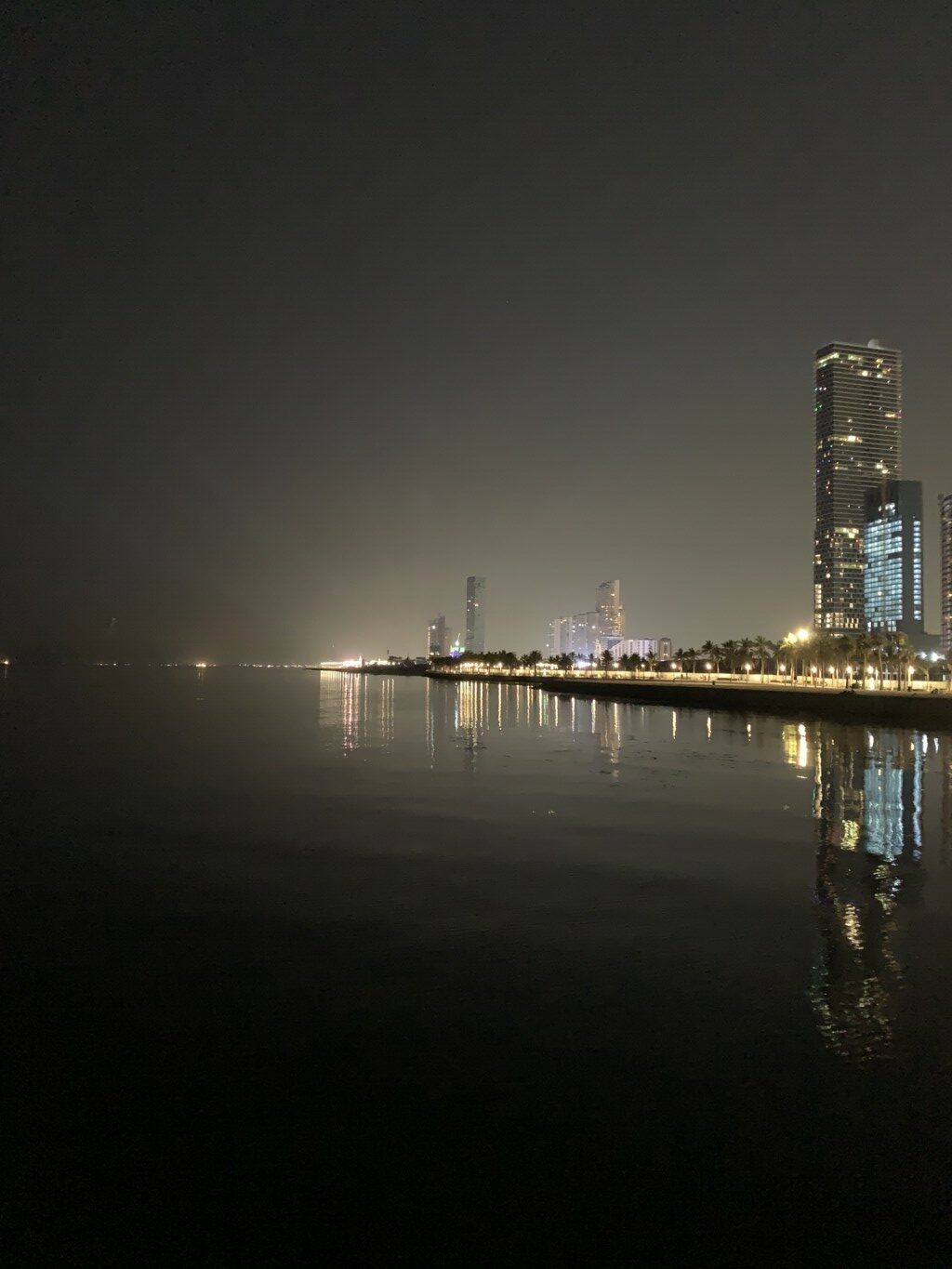
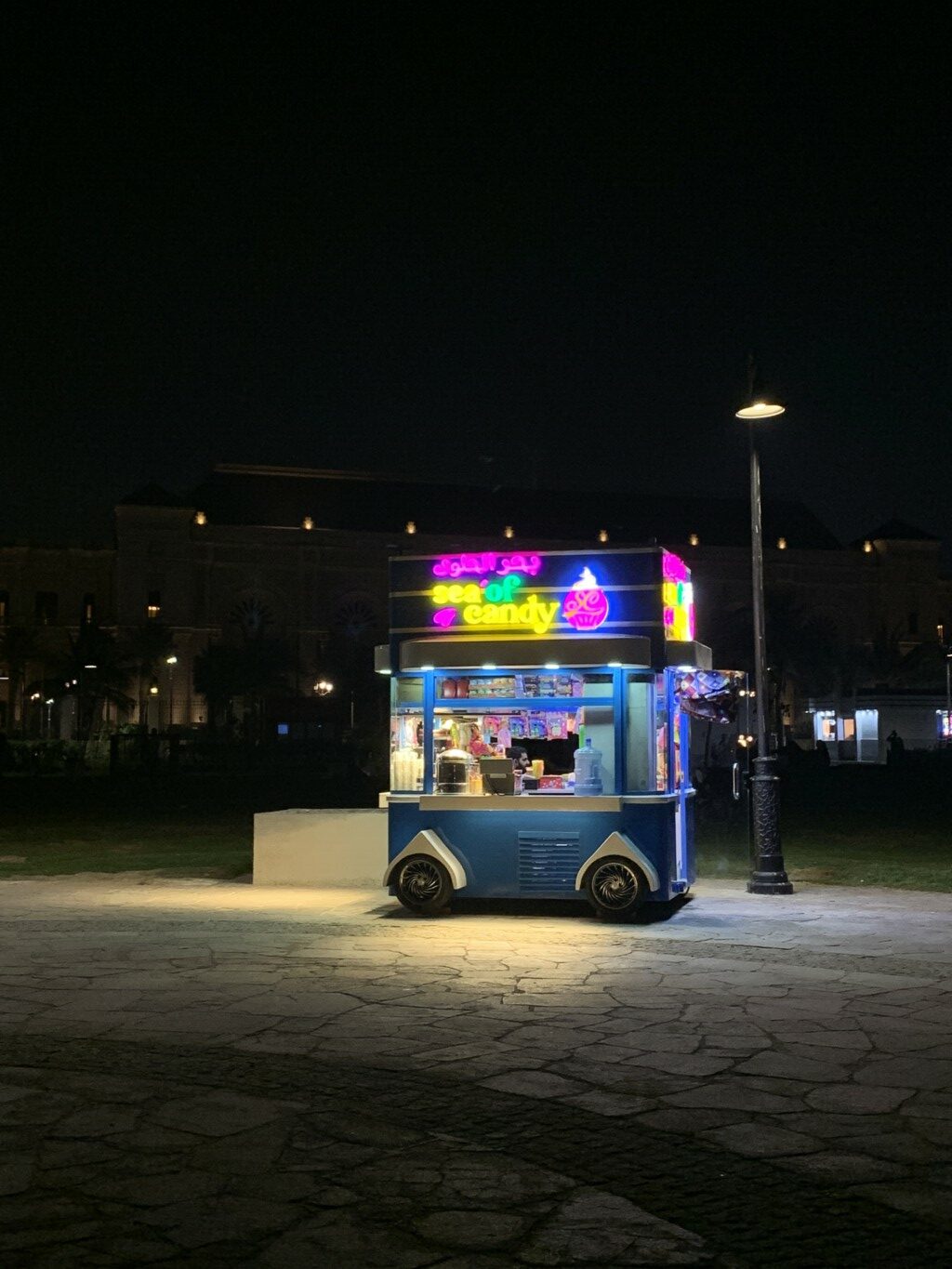
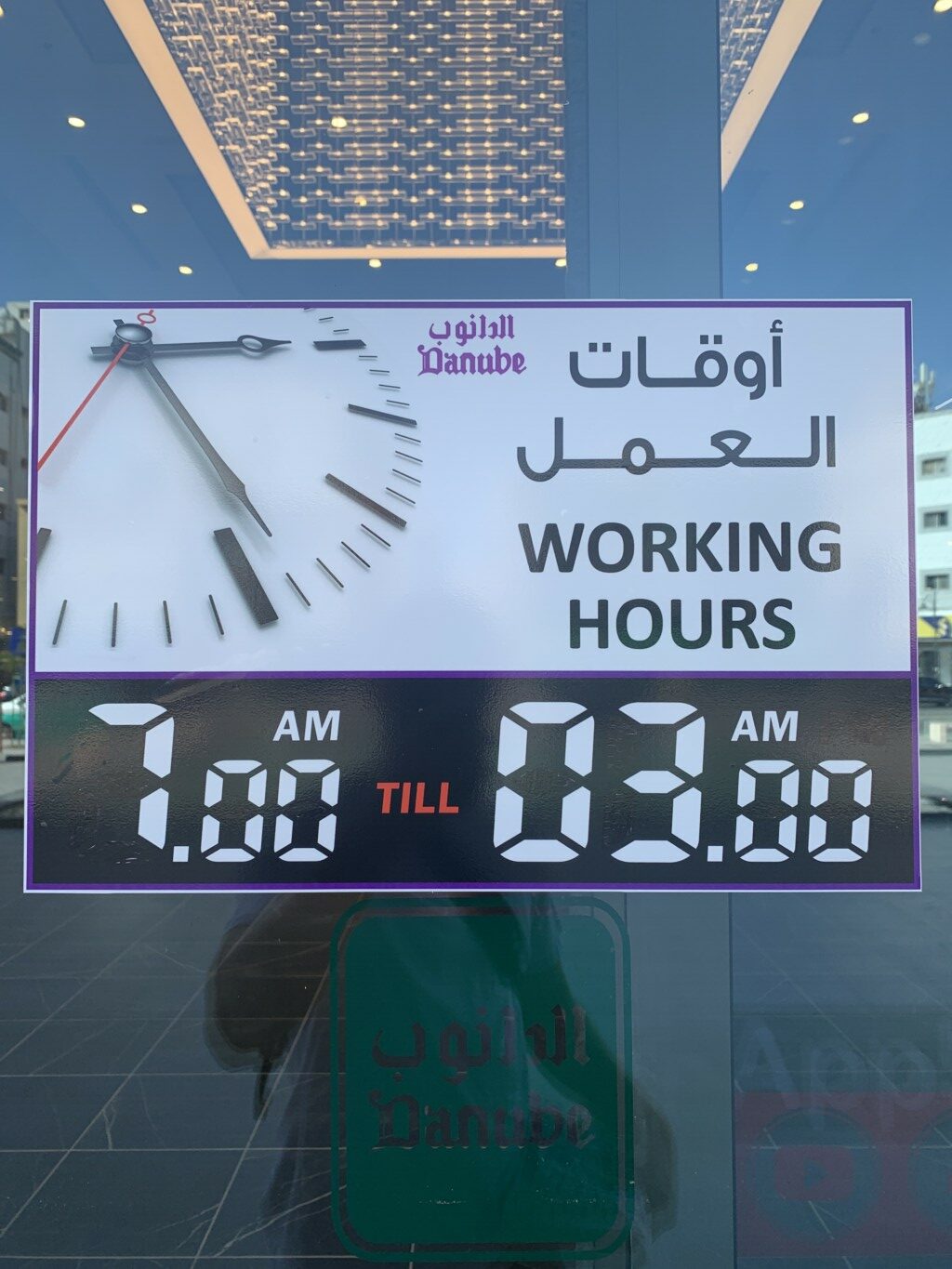
5. It’s Expensive
Traveling in Saudi Arabia turned out to be much more expensive than I had expected. The country has a high standard of living, with a GDP per capita around $30,000, similar to Estonia, and this is reflected in the prices of accommodations, dining, and entertainment. Also, there seems to be a surplus of luxury hotels and high-end restaurants, but limited mid-range and budget options. Even everyday expenses, such as taxi rides and meals, can add up quickly.
In terms of accommodation, I found the value for money to be lacking. I stayed in hotels priced around $100 a night, but the quality wasn’t great, and breakfast wasn’t included. For budget-conscious travelers, Saudi Arabia may not be the ideal destination, at least for now. However, the tourism infrastructure is rapidly developing, and I believe that in a few years, there will be more options available for travelers of all budgets.
Below you can see an example of the cost of staying in Saudi Arabia.
| Expense Category | Average Cost | Notes |
|---|---|---|
| Accommodation (per night) | ||
| Budget Hotel/Hostel | $30 – $60 | Basic amenities, suitable for budget travelers. Options are limited |
| Mid-Range Hotel | $80 – $150 | Comfortable with more amenities, located in central areas. Although, quality is not great. |
| Luxury Hotel | $300+ | High-end hotels with premium services and facilities |
| Food | ||
| Budget Meals | $8 – $10 | Eating at local restaurants or fast food |
| Mid-Range Dining | $15 – $30 | Dining at casual sit-down restaurants |
| Fine Dining | $50+ | High-end restaurants with gourmet cuisine |
| Transportation | ||
| Public Transport (Bus) | $1 – $3 | Limited options, mostly in major cities |
| Ride-Hailing (Uber/Careem) | $10 – $20 per ride | Cost depends on distance and time of day |
| Car Rental | $20 – $40 per day | Varies by car type and rental company |
| Gasoline | $1 per liter | Fuel cost for private vehicles, relatively low due to subsidized prices |
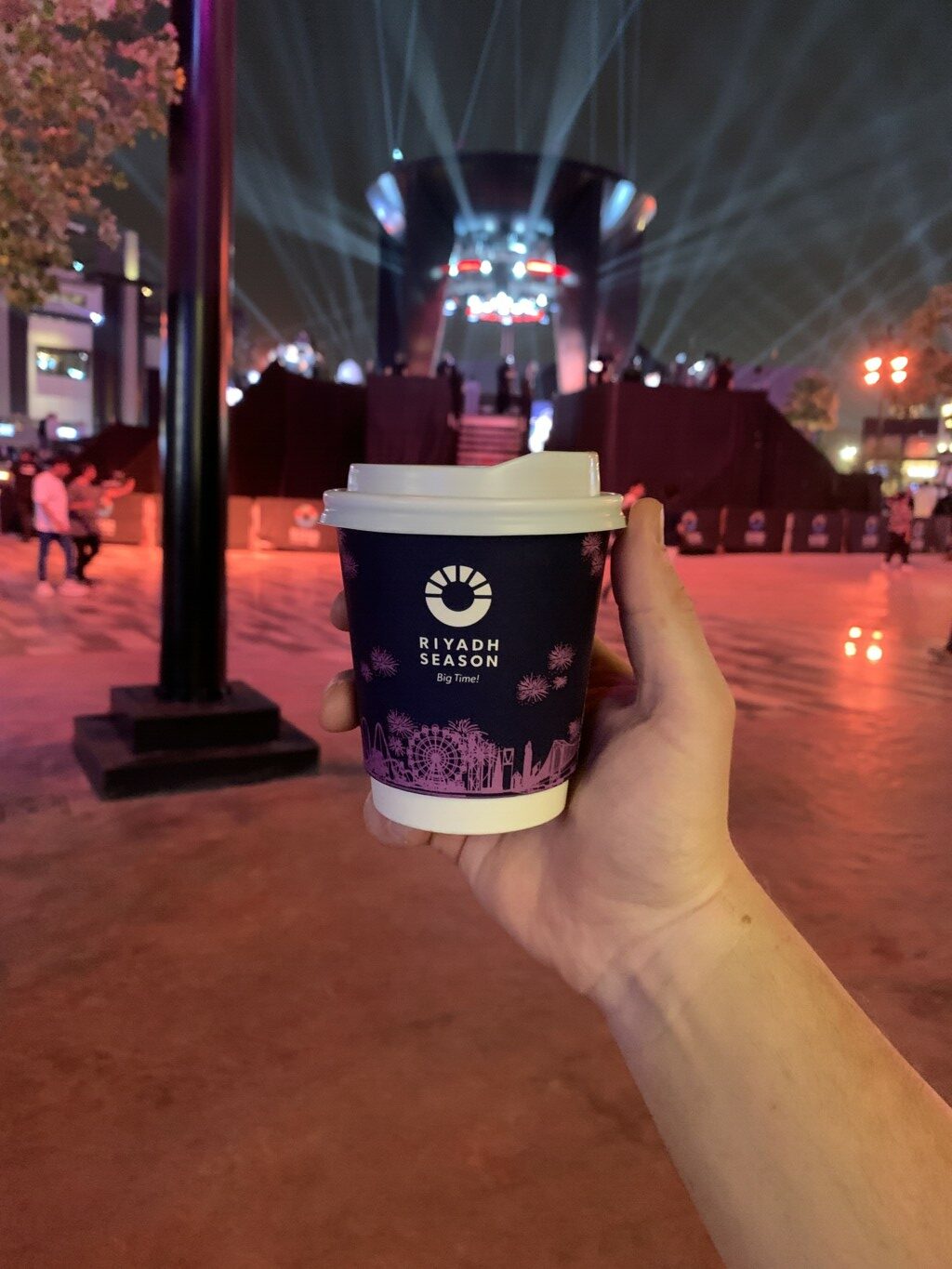
6. It’s a Country Built for the Rich
The country’s wealth, primarily derived from its vast oil reserves, is evident in many aspects of Saudi life. There’s a plethora of luxurious hotel chains, upscale shopping malls, and opulent residential areas. High-end cars like Rolls Royce and Bentley are not uncommon sights. However, despite this wealth, the living standards for a large part of the population in Saudi Arabia are low, especially when compared to Western standards. This contrast becomes noticeable as you stroll the streets of Jeddah and Riyadh (to the extent you can walk).
The lack of mid-range and budget accommodation options, coupled with an insufficient public transportation system, versus the surplus of luxury hotels and shopping malls gave me the impression that Saudi Arabia was not primarily designed with the average person in mind.
7. Islam Is at the Center of Everything
In Saudi Arabia, Islam permeates every aspect of life, becoming evident as soon as you step foot in the country. On my flight from Rome to Jeddah, passengers heading to Mecca even began singing prayer songs, underscoring the deeply religious nature of Saudi society.
Saudi Arabia adheres to a version of Islam that is known as Wahhabism a conservative form of Sunni Islam that emphasizes a strict interpretation of the Quran and Hadith while rejecting practices seen as innovations. Wahhabism significantly shaped Saudi Arabia as the Al Saud family came to power, which has influenced every part of the country from its governance, legal system, and social norms.
Like many other Muslim nations, the call to prayer, heard five times a day, is woven into daily life, prompting temporary closures of businesses during prayer times. Dress codes, governed by decency laws, reflect Islamic principles, requiring both men and women to dress modestly and avoid tight-fitting clothing. These laws were previously upheld by the Muttawa, the so-called morality police, however, with the new Crown Prince in charge, the Muttawa has been stripped of their power and thereby banning them from pursuing, questioning, arresting, and detaining anyone suspected of a crime.
Despite some relaxation of previous social constraints, Sharia law remains the cornerstone of the Saudi legal system. This means that all criminal and civil matters in the Kingdom must be resolved in accordance with Islamic teachings. Blasphemy crimes, such as showing disrespect towards Islam or attempting to convert a Muslim to another religion, still carry the death penalty in Saudi Arabia.
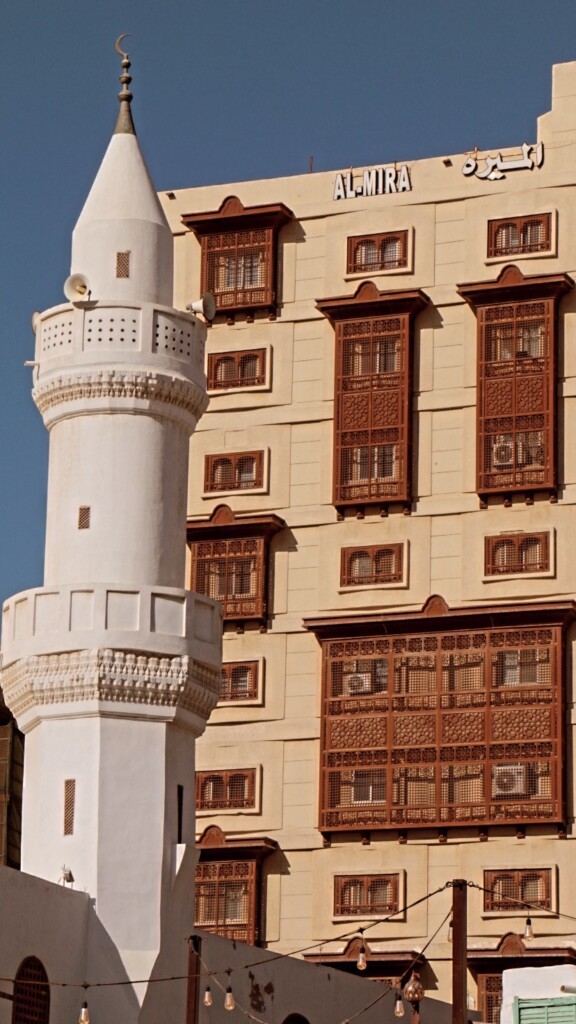
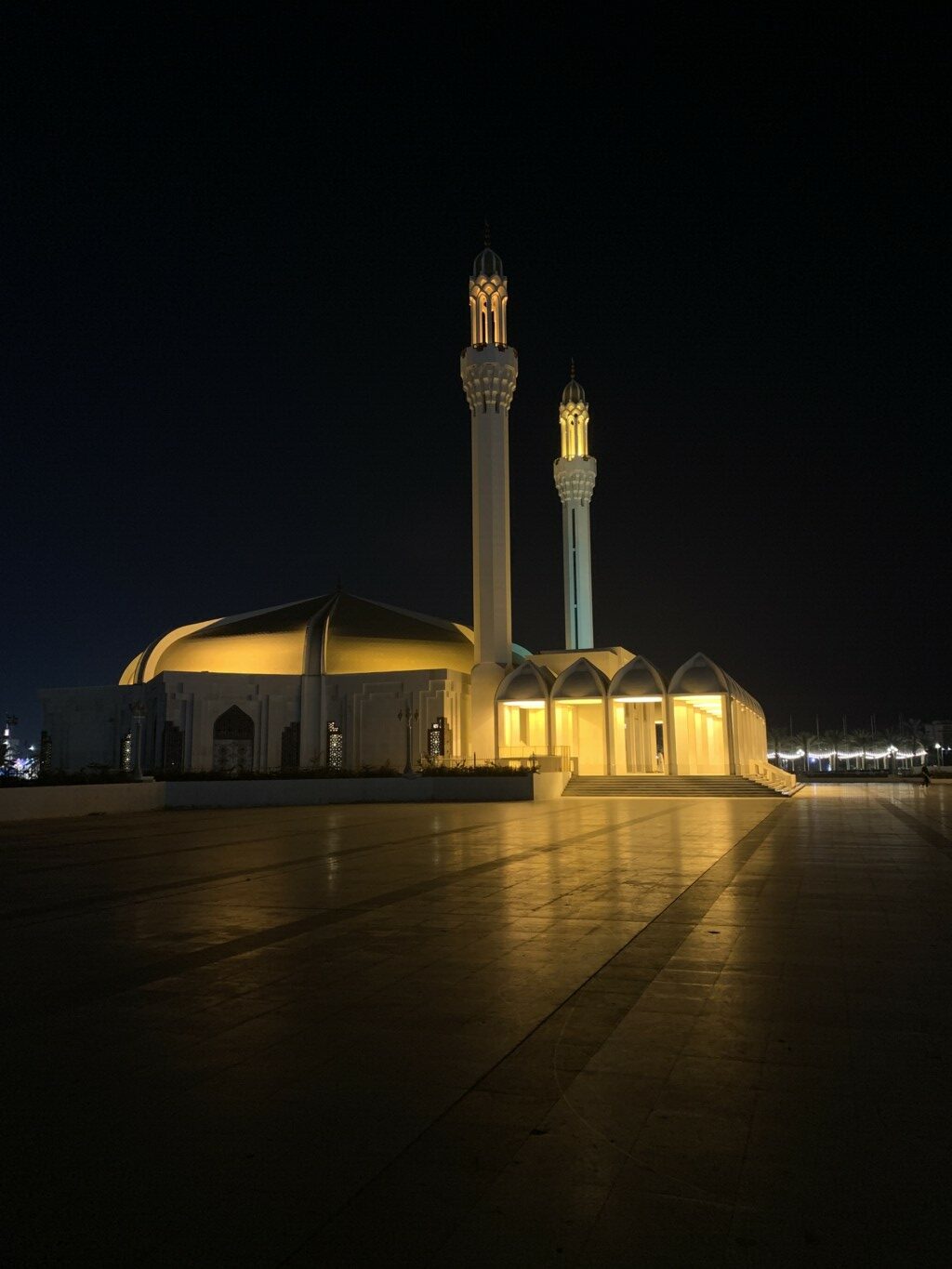
8. The Saudi People Are Very Hospitable
If there is one thing that Saudis should be more known for, it’s their wonderful hospitality. Their hospitality is deeply ingrained in the Saudi culture, and will often go out of their way to help foreigners. I was stopped several times when I was walking a busy street in Riyadh in the middle of the night, not to sell me anything (as I initially thought), but to ask if I was ok and if I knew which direction I was heading!
In Jeddah, I had the pleasure of meeting individuals who had previously lived in Sweden; they now run a café in town and graciously offered to show me around in their BMW one afternoon. Thank you, Yasin and Ahmed! So if you are a solo traveler wanting to explore Saudi Arabia, do not worry that you will feel lonely or won’t have anyone to talk on your trip. I was frequently stopped by people who just wanted to have a quick chat!

9. It Is Very Safe
Despite preconceptions that foreigners might have, Saudi Arabia is a very safe country for travelers. Crime rates are very low, and the government places a strong emphasis on maintaining security. Public spaces, including markets, malls, and tourist attractions, are well-policed. I was walking late at night in many parts of both Jeddah and Riyadh and I never felt unsafe! I even saw a Roll Royce parked in a dark alley in the middle of the night, that should tell you something about the safety and the risk of theft or vandalism, right?
The most dangerous part of Saudi Arabia is probably trying to cross the street, as no one will stop for pedestrians to cross the street. Nonetheless, traffic is not as hectic as I have experienced in other parts of the Middle East such as in Iraqi Kurdistan. In Saudi, traffic police regularly stand at intersections so people tend to drive slowly.
Common Questions About Traveling in Saudi Arabia
Can You Travel Freely in Saudi Arabia?
Yes, tourists can travel freely within Saudi Arabia. Since the introduction of tourist visas in 2019, the country has opened up significantly to international visitors. There are no major restrictions on where tourists can go, except for the holy city of Mecca and the Prophet’s mosque in Medina, which are off-limits to non-Muslims.
Can Tourists Drink Alcohol in Saudi Arabia?
No, alcohol is strictly prohibited in Saudi Arabia. The ban on alcohol is part of the country’s adherence to Islamic law. This prohibition applies to everyone, including tourists, and there are severe penalties for possessing, consuming, or attempting to bring alcohol into the country. Visitors should be aware of this and respect local laws to avoid any legal issues.
Can You Wear Shorts in Saudi Arabia?
While the dress code has become more relaxed in recent years, it’s generally advisable for men to avoid wearing shorts in public, especially in conservative areas. Technically, you could wear shorts in public, there is nothing that prohibits it, and I did see a few that did, however long trousers are more appropriate and show respect for local customs. Women are expected to dress modestly, covering their shoulders and knees.
Do Foreigners Have to Wear Hijab in Saudi Arabia?
Foreign women are not required to wear a hijab (headscarf) in Saudi Arabia, but they should dress modestly. This typically means wearing loose-fitting clothing that covers the shoulders and knees. In more conservative areas, it might be advisable to carry a scarf to cover your hair if needed. The abaya, a long black cloak, is no longer mandatory for foreign women, but wearing one can still help blend in and show respect for local customs.
Conclusion
So to conlcude, did I enjoy traveling to Saudi Arabia despite all the negative things I had to say about the country? I can say that the enjoyed it as much as I would a trip to a nice beach resort in the Bahamas, but it was definitely worth it and country number 78 on my list! Would I do it again? No way! I recommend visiting Saudi Arabia to anyone that likes a good culture shock and want to experience a country that is still in its infancy of international tourism. Travel during the winter (from November to March) and rent a car and you are garanteed to avoid the mistakes that I made and have a much more enjoyable time!
Happy travels
